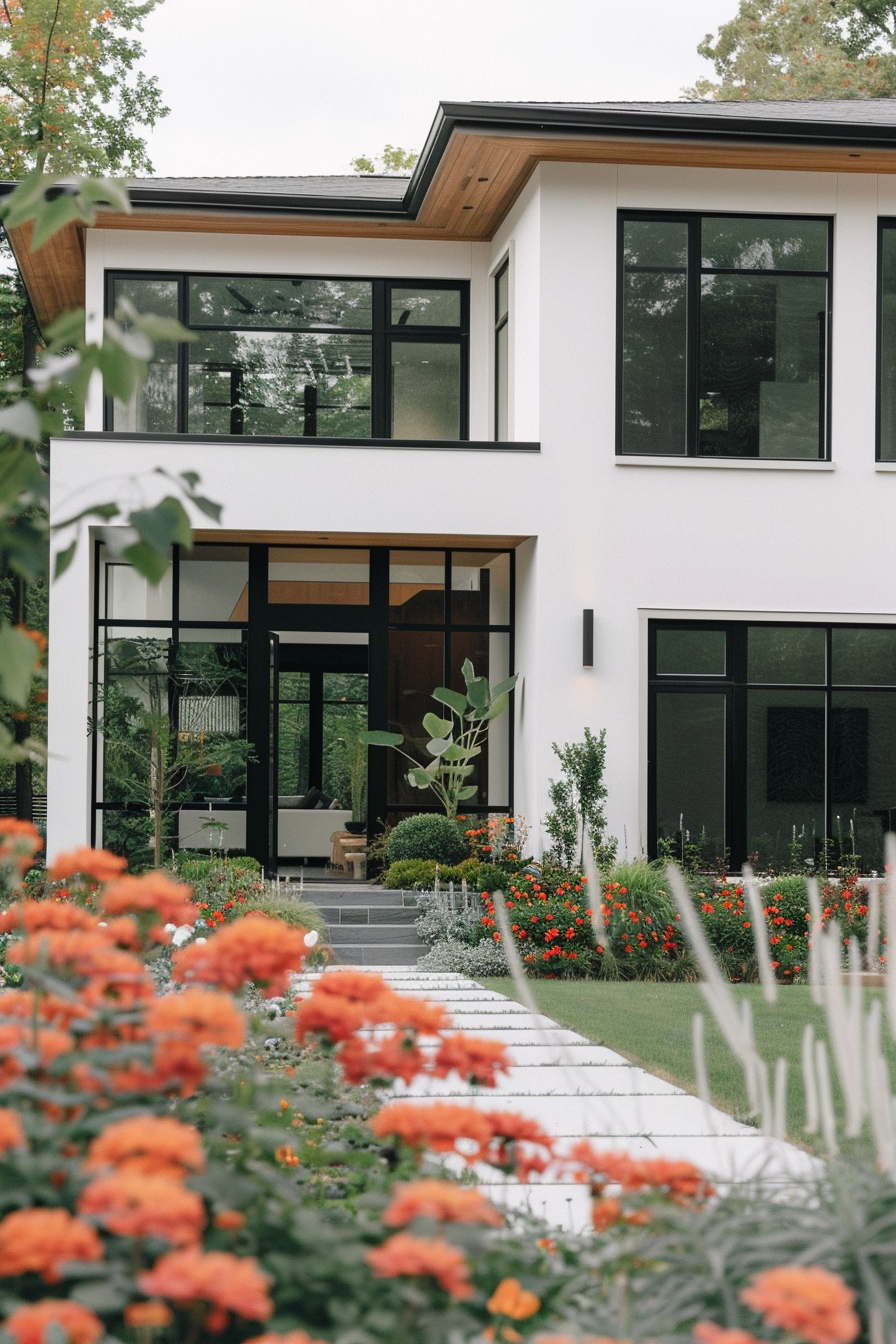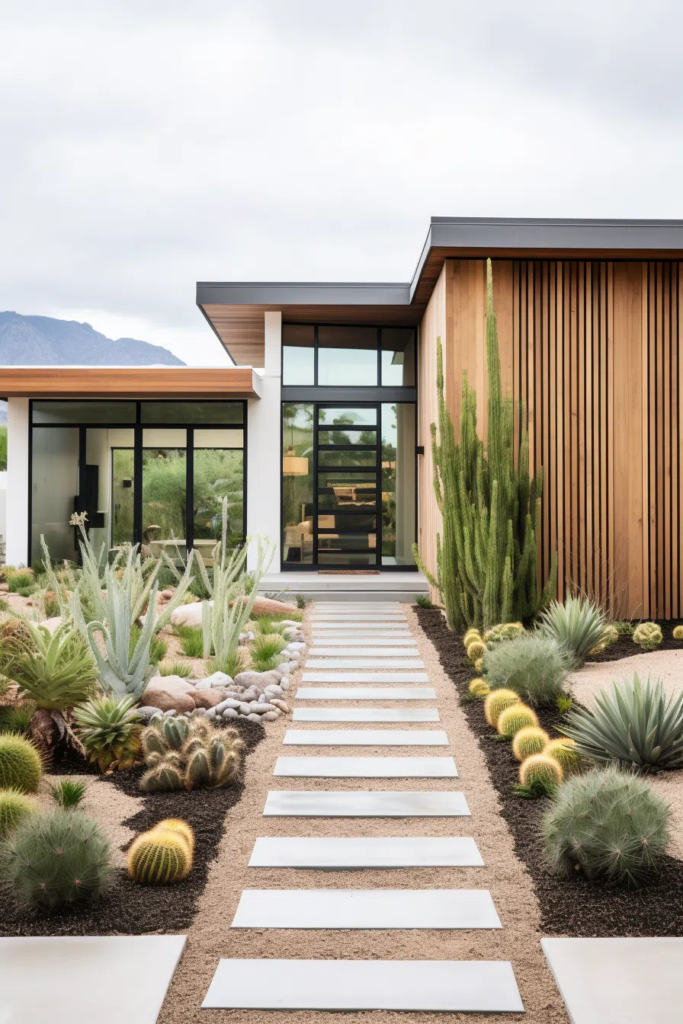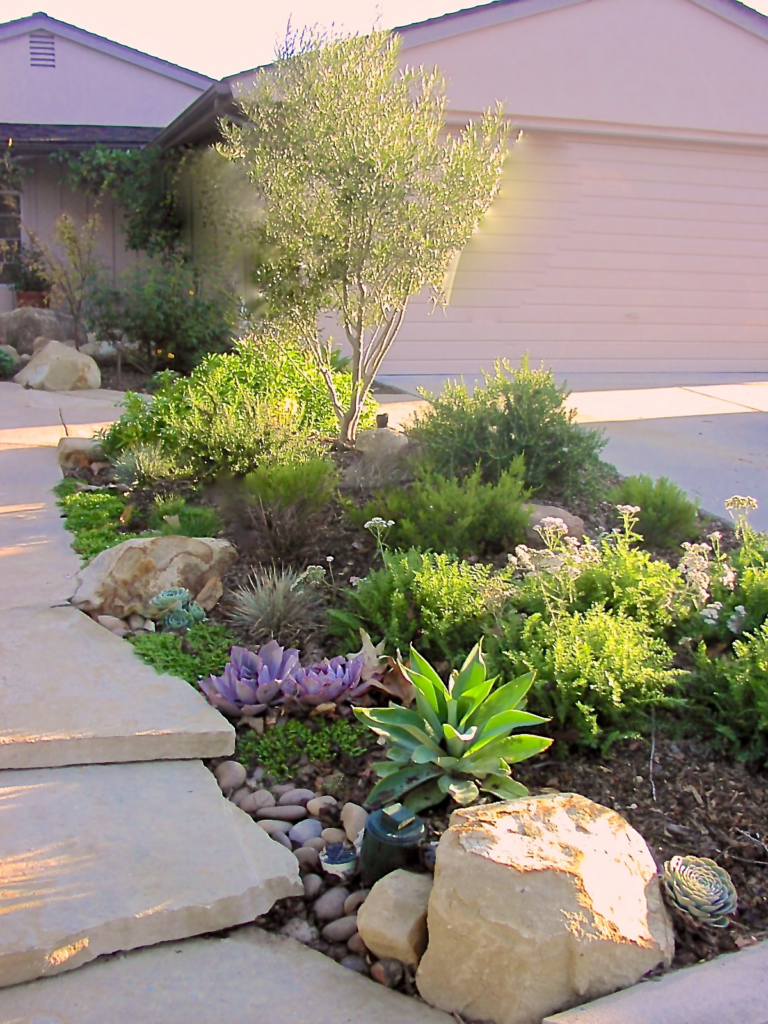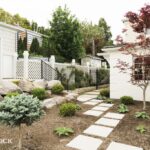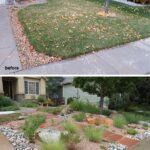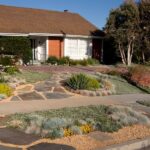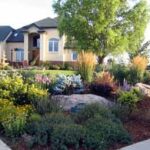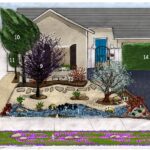Xeriscaping is a landscaping technique that focuses on creating a low-maintenance, water-efficient yard by using drought-tolerant plants, mulch, and other sustainable practices. One popular area to xeriscape is the front yard, which not only adds curb appeal to a home but also helps conserve water and reduce maintenance costs.
One key element of xeriscaping a front yard is choosing the right plants. Drought-tolerant plants such as succulents, ornamental grasses, and native species require less water and are well-suited for the dry conditions of xeriscapes. These plants not only thrive in low-water environments but also provide year-round interest with their unique shapes, textures, and colors.
Another important aspect of xeriscaping a front yard is incorporating mulch and rocks. Mulch helps retain moisture in the soil, suppress weeds, and regulate soil temperature, while rocks can add texture and visual interest to the landscape. These elements can also help prevent erosion and runoff, further conserving water and protecting the environment.
In addition to plant selection and mulching, proper irrigation is crucial for a successful xeriscape front yard. Drip irrigation systems, soaker hoses, and rain barrels are all effective ways to deliver water directly to the roots of plants, minimizing evaporation and runoff. Smart irrigation controllers can also be used to adjust watering schedules based on weather conditions, further reducing water usage.
When xeriscaping a front yard, it’s important to consider the overall design and layout of the landscape. Creating functional spaces for outdoor living, such as seating areas, pathways, and play areas, can enhance the usability and aesthetics of the yard. Incorporating elements like garden art, lighting, and hardscaping can also add interest and personality to the space.
Overall, xeriscaping a front yard is a practical and sustainable landscaping solution that can save homeowners time, money, and water in the long run. By choosing the right plants, incorporating mulch and rocks, implementing proper irrigation, and designing a functional layout, homeowners can create a beautiful and environmentally-friendly front yard that is both low-maintenance and water-efficient.
